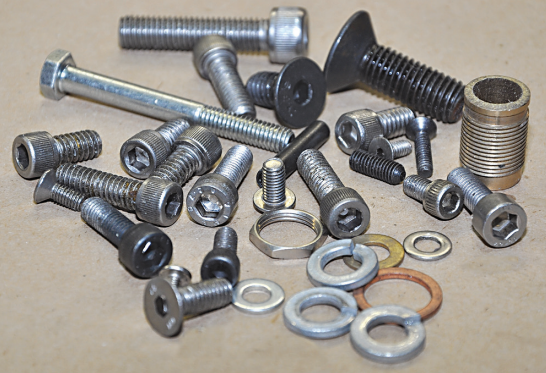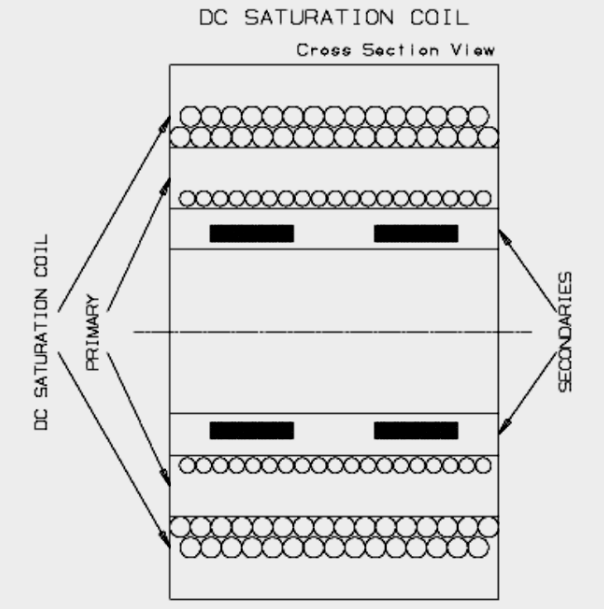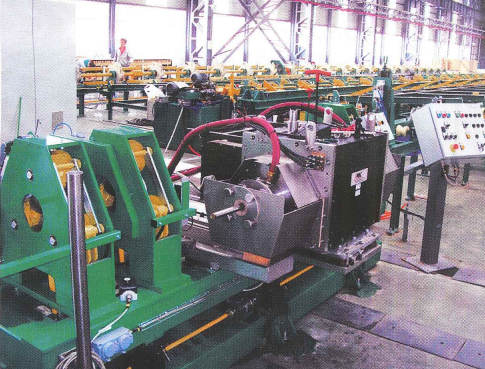Detecting Flaws & Conditions
Detecting Defects in Small Diameter Wire
MAC’s Hi-Frequency eddy current instruments are well suited for detecting small defects in wire, including nickel-titanium and tungsten-rhenium alloys frequently used in critical medical and other high-performance applications such as guide wires. Test frequencies range up to 5 MHz, and diameters as small as 0.0035" (0.089 mm) can be tested with special test coils at test speeds up to several thousand fpm.
Surface Cracks in Roller Bearings During Heading Operations
An eddy current tester, such as the MultiMac®, used with rotary test probes, can detect surface cracks in the wire as it is fed into the header for forming into a roller bearing or other part. The test output can be configured to activate rejection of the slug or finished part.
Seam-Type Defects in Wire for Cold Forming Applications
An eddy current tester, such as the new MultiMac test equipment used with rotating probe-type sensors, is the method of choice to detect seam-type defects in cold drawn wire in conjunction with wire drawing, spring makers, and other parts forming applications. By rotating multiple test probes at speeds up to 6000 RPM around the wire, even relatively short longitudinal surface flaws can be reliably detected in many applications without sacrificing throughput speed. A range of output options allows rejecting or accepting formed parts further down-line.
Short Surface and Subsurface Cracks
For detecting typical defects such as cracks, butt welds, inclusions, and other defects in steel, stainless alloy, or nonferrous wire, an eddy current instrument such as the MultiMac with encircling test coils is often selected. The MultiMac, with a high test frequency range, can also be used on small-diameter material such as tungsten filament wire.
Short and Long Continuous Surface and Subsurface Defects
For applications that require the detection of both short and long continuous surface or subsurface defects, the new MultiMac multi-mode eddy current tester would be the right choice. The MultiMac, with up to eight test channels, allows simultaneous detection of both types of defects in magnetic or nonmagnetic material.
Detecting Breaks in Wire Rope
To detect broken wires in magnetic grades of wire rope, a flux leakage instrument similar to the Wirerope Tester is the appropriate choice. A split test coil can be used to eliminate the need to rethread the wire through the test coil.
Continuity Checking in Wire
To check for continuity in single or multi-conductor insulated wire and cable, the economic Minimac MAC 40 requires minimal operator time and can be installed directly on the production line. Split or segment coils can be used to allow clearance for intermittent dimensional changes in the outside diameter of the insulation.
Alloy and Hardness Detection
Variations in alloy, heat treatment, case depth, and hardness can be successfully detected by MAC’s comparators. The Varimac® eddy current comparator can be used on a range of product shapes and materials, including nonmagnetic stainless steels. Variations in carbon steel wire can also be detected with the Production Comparator low-frequency electromagnetic comparator.
Combined Systems
For applications where more than one of the conditions described above must be met, Multiple Test Systems using several testers can be assembled. In these cases, each tester is used to find the types of defects or conditions that it is best suited to detect. The result is often a more accurate test and fewer rejects, allowing more of your product to be shipped to your customer.
A Closer Look at Two MAC Eddy Current Systems
The MultiMac® eddy current instrument is designed for encircling coil, sector, and rotary probe testing of tube, bar, and wire. MultiMac features include simultaneous coil and/or rotary probe operation, differential and/or absolute mode operation, up to eight independent test channels, and 1 KHz to 5 MHz test frequency selection for each channel. The system’s display is simultaneous polar and linear, and the system can store and recall setups as well as print and transfer data. Versatile threshold selection includes chord, half chord, sector, and all phase.
MultiMac applications include short surface and some subsurface defect detection, identification of seam-type surface defects and laps, and magnetic or nonmagnetic testing of wire, bar, and tube. Inspection can be in-line with continuous wire operations.

The Rotomac® eddy current rotary mechanism is designed for the detection of seam-type defects in tube and bar. These rotary systems use the qualities of eddy current rotary probe technology to detect long continuous surface flaws, which may not be detected by encircling test coils. MultiMac eddy current electronics provide the controls, processing, and analysis for the Rotomac. MultiMac can also assign channels to an encircling coil test to detect short, intermittent defects in combination with the rotary test where needed.
The rotary probe technology requires relative motion between the probe and the test material. Two or more probes rotate around the test material, inducing eddy currents. When the induced eddy currents are disrupted by a surface defect, the change is sensed by the probe, and a flaw signal is sent to the instrumentation for processing and display. The amplitude of the signal for any surface seam is highly proportional to its depth. In general, either a higher rotational speed or a greater number of test probes at a given throughput speed enables shorter defects to be detected.
Rotomac applications include high-speed testing of wire, rod, and bar.








